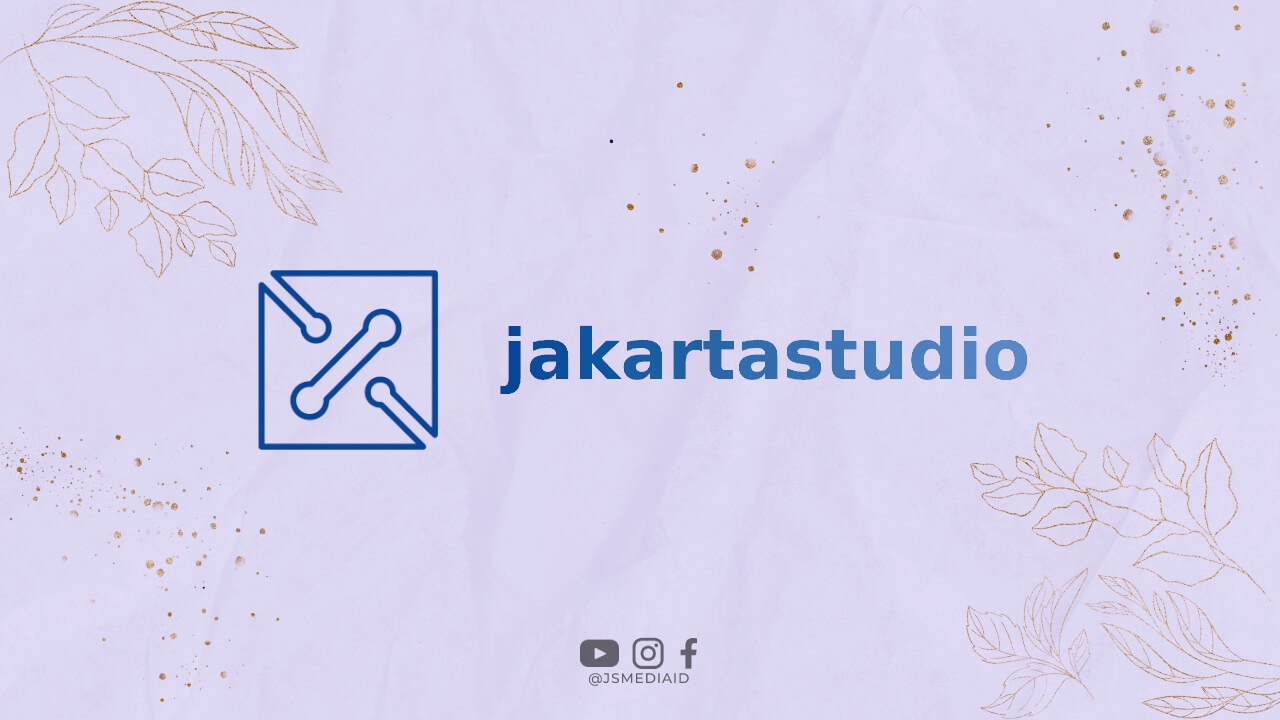In today’s economic climate, understanding the role of the Federal Reserve (Fed) in influencing bank lending is crucial. The Fed’s actions can have a significant impact on the availability of credit and the overall health of the economy. In this article, we will explore various Fed actions and their potential to increase bank lending.
1. Monetary Policy
One of the primary tools the Fed utilizes to influence bank lending is monetary policy. By adjusting interest rates, the Fed can incentivize or discourage borrowing. Lowering interest rates, for example, makes borrowing cheaper for banks, encouraging them to extend credit to businesses and individuals.
2. Open Market Operations
Open market operations refer to the buying and selling of government securities by the Fed. When the Fed buys government securities, it injects money into the economy, increasing the reserves held by banks. This, in turn, allows banks to lend more as they have more funds available.
3. Reserve Requirements
Another way the Fed can influence bank lending is through reserve requirements. By adjusting the percentage of deposits that banks are required to hold in reserves, the Fed can either free up or restrict funds available for lending. Lowering reserve requirements increases the amount of money banks can lend, stimulating lending activity.
4. Discount Window Lending
The discount window is a mechanism through which banks can borrow directly from the Fed. By adjusting the discount rate, the interest rate charged on these loans, the Fed can encourage or discourage banks from accessing this source of funding. Lowering the discount rate makes borrowing from the Fed more attractive, increasing the availability of credit.
5. Forward Guidance
Forward guidance refers to the communication and guidance provided by the Fed regarding its future monetary policy decisions. By signaling their intentions, the Fed can influence market expectations and shape borrowing costs. Clear and consistent forward guidance can provide banks with the confidence to lend, thereby boosting lending activity.
6. Quantitative Easing
During times of economic downturn or crisis, the Fed may resort to quantitative easing (QE). QE involves the purchase of long-term assets, such as government bonds or mortgage-backed securities, from banks. This injects liquidity into the financial system, making it easier for banks to lend and stimulating overall lending activity.
7. Targeted Lending Programs
In certain situations, the Fed may implement targeted lending programs to address specific challenges in the economy. These programs aim to provide support to specific sectors or industries. By offering favorable terms and conditions, such as lower interest rates or longer repayment periods, the Fed can incentivize banks to increase lending to these sectors.
Conclusion
The Fed has several tools at its disposal to influence bank lending. Through monetary policy, open market operations, reserve requirements, discount window lending, forward guidance, quantitative easing, and targeted lending programs, the Fed can increase the availability of credit and promote lending activity. However, it is important to strike a balance to prevent excessive risk-taking and ensure the stability of the financial system. By carefully implementing these actions, the Fed plays a crucial role in fostering a healthy lending environment and supporting the overall economy.

